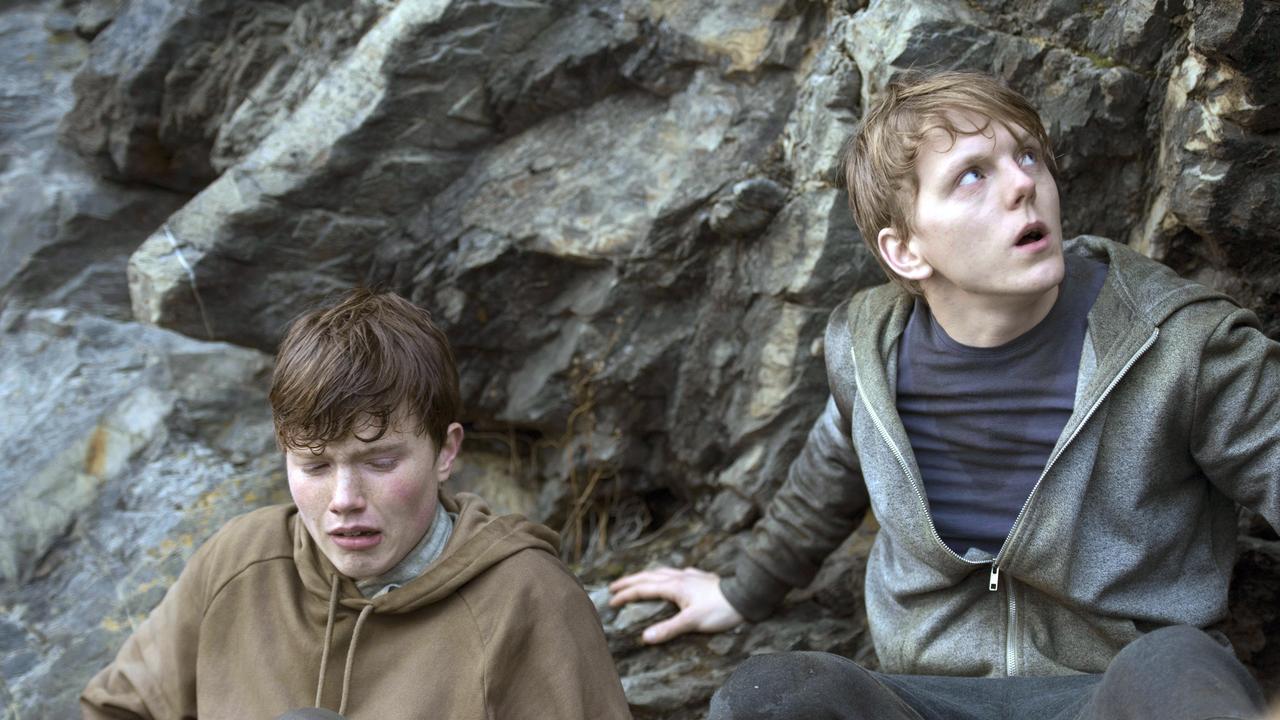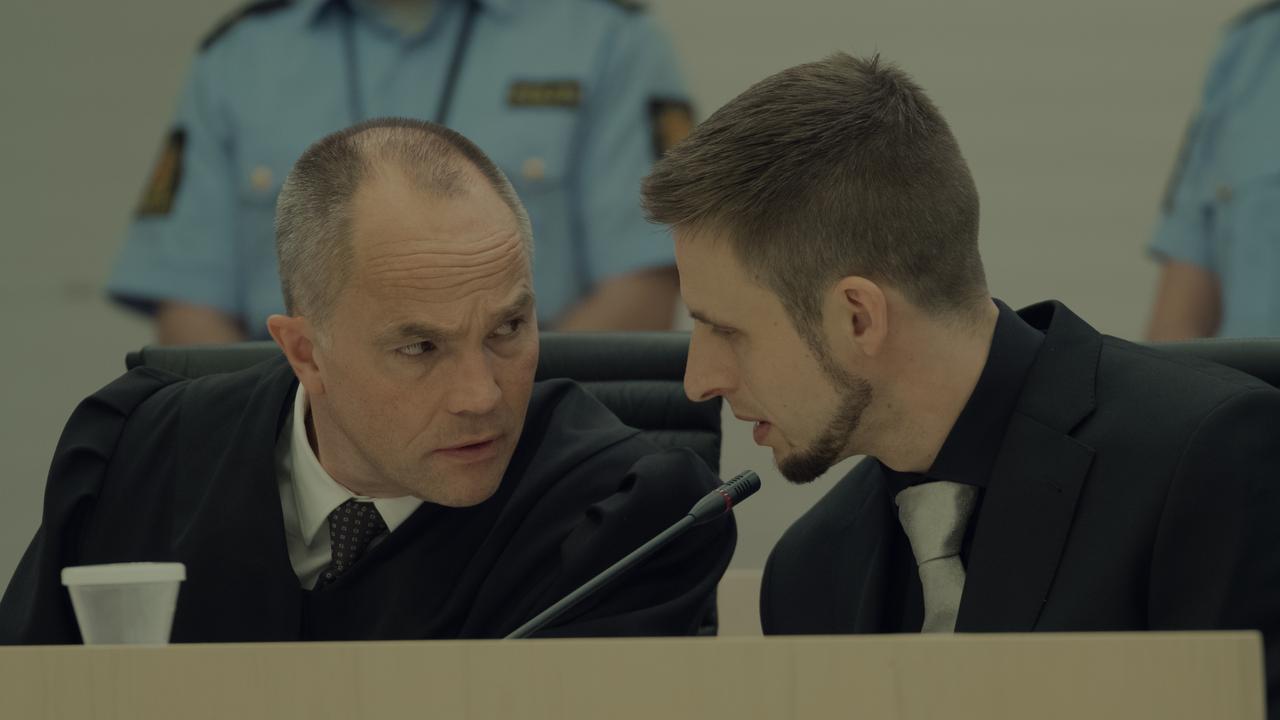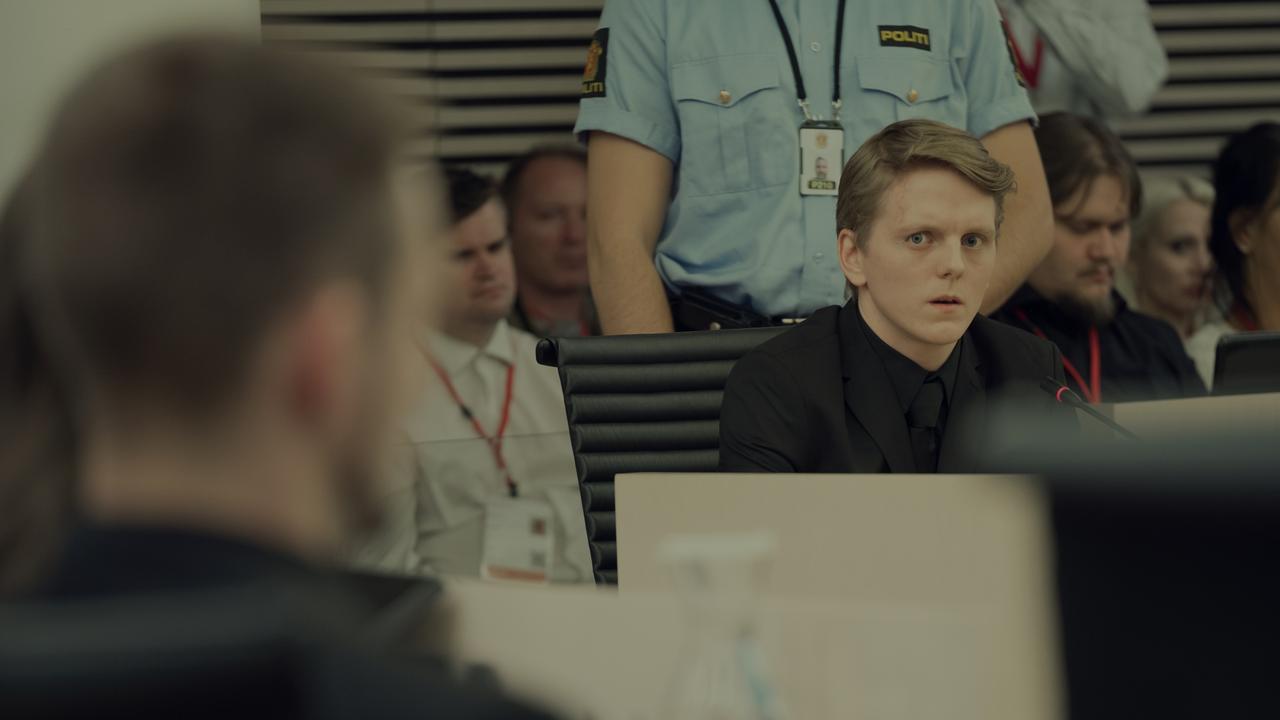22 July: A devastating but remarkable film
FROM the director of three Bourne movies comes a film that is tense and accomplished. And you can stream it now on Netflix.
MAKE no mistake, 22 July is a devastating film.
The sight of young teenagers cowering in fear from a madman’s gun, and the knowledge that this isn’t some perverse make-believe horror movie but that it happened for real, is chilling.
On July 22, 2011, Norwegian far-right extremist Anders Breivik set off a bomb in front of a government building in Oslo, killing eight people. But he saved his most sickening act for stage two.
He drove 40 kilometres outside of the city to Utoya, a small island visible off the coast. Gathered there were 600 teenagers attending a youth leadership camp. Breivik shot and killed 69 people, almost all kids, and injured a further 110 of them.
His capture and trial shocked a peaceful nation which had just experienced its worst massacre since World War II.
Terror attacks are extremely difficult to render on film — step one inch in the wrong direction and it risks becoming exploitative entertainment. How do you authentically capture the fear and trauma of victims and survivors without cheapening it, or extending their pain?
British director Paul Greengrass connected with victims’ groups and Norway’s former prime minister Jens Stoltenberg to bring to life 22 July, streaming now on Netflix, with care, consideration and sensitivity. He also worked with a Norwegian cast and crew to tell their story, albeit in English.

Greengrass has form in these kinds of films, he’s made three previously — United 93, Captain Phillips and Bloody Sunday — so he’s well-versed in needing to balance telling the story compellingly and vividly with the responsibilities that come with it dramatising such a horrific moment.
The film is structured into three acts, following primarily Breivik (Anders Danielsen Lie) and one of the teen survivors, Viljar Hanssen (Jonas Strand Gravli).
The first 30 minutes are dedicated to the actual attacks. Greengrass is renowned for his handheld shaky-cam filming and his gritty style suits the intensity and chaos of following those kids as they run for cover while Breivik taunts them for being “Marxists, liberals and members of the elite”.
It’s a stark contrast to only moments earlier when they were playing sport together, smiles plastered across their faces, optimism in the air.
While it may seem like the attack would be the most visceral part of 22 July, the rest of the film has the same heaviness and devastating air — the rehabilitation of survivors, whose agony extends far beyond the island, and the potentially socially damaging public trial, during which Breivik demands he be heard.

It’s a very well-made movie and there are some stunning compositions, especially in the scenes of Viljar walking near his home, the snow-capped mountains towering behind him.
Greengrass, who also wrote the script, switches between Viljar’s recovery and the horrific impact it has on his family and his community, Breivik and his lawyer Geir Lippestad (Jon Oigarden), and PM Stoltenberg’s (Ola G. Furuseth) challenge in trying to reassure a grieving country seeking justice.
It may seem like an odd choice for Greengrass, an outsider, to tackle this film, which was based on Asne Seierstad’s book One of Us: The Story of a Massacre in Norway — and its Aftermath. But it makes sense when you think about everything that’s happened around the world, past Norway’s borders in the seven intervening years since Breivik’s act.
The extreme anti-immigration rhetoric Breivik espoused and gave as the reason for killing dozens of children was seen as anathema to a liberal democracy like Norway — it was pure horror.

But we now live in a world where that kind of hate speech is finding more platforms and supporters, to the point it can drive news agendas and mainstream discourse.
Greengrass gives “Breivik” a chance to speak his mind (though judiciously), the kind of words that are repeated by prominent politicians with megaphones in the US, UK, the Netherlands, France, Australia and all over the world. The kind of words that, when challenged by people who still remember their humanity and decency, are defended as “free speech” and “anti-political correctness”.
It’s terrifying. So when Greengrass positions those words next to a madman who committed a grotesque and violent act, it’s a timely, frightening reminder of the direction Western democracies have gone since July 22, 2011, especially when Breivik warns “there will be others”.
22 July is not an easy movie to watch but it’s one you should consider giving your time to.
Rating: ★★★★
22 July is streaming on Netflix now.
Share your movies and TV obsessions with @wenleima on Twitter.




